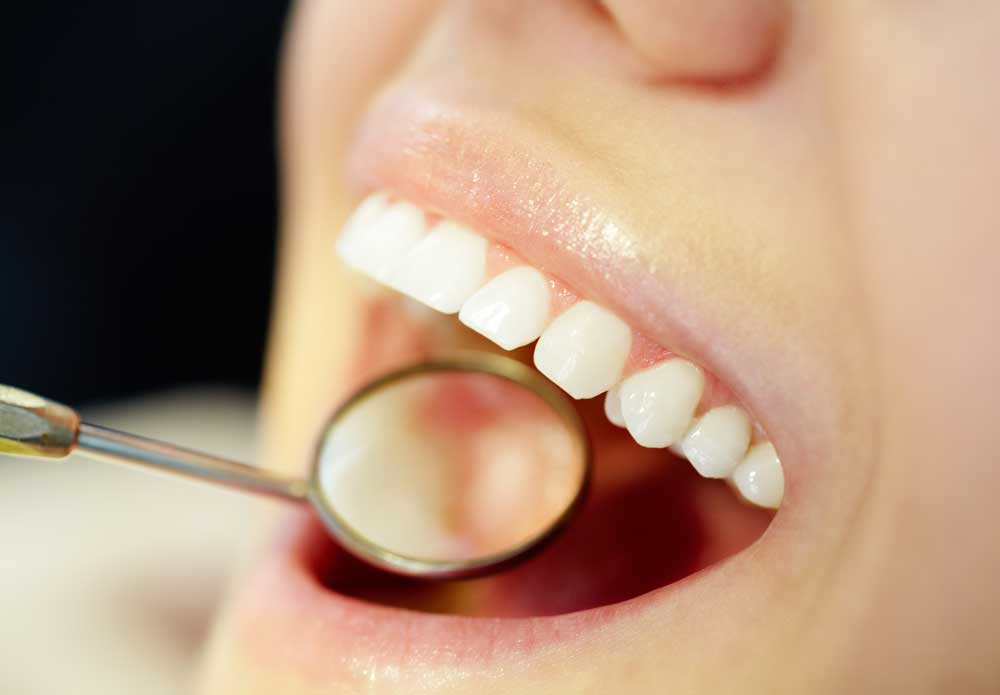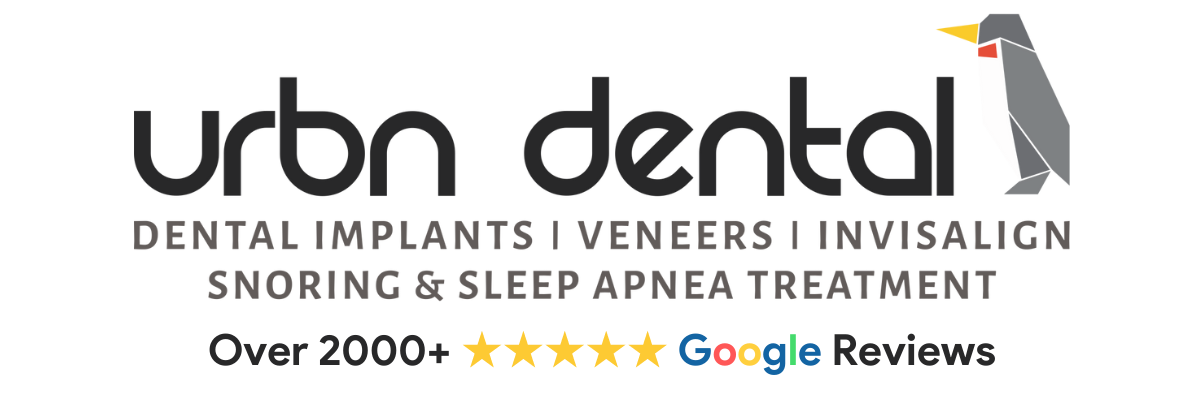Dental Diseases Affecting the Gum – Gingivitis Symptoms and Its Effects
We should learn about gingivitis to be able to prevent it and cure it if it occurs. The main way to stop this is to clean the teeth twice daily and as soon after eating as possible.
What is gingivitis, and what causes it?
The gingivitis causes are fairly clear, and that is poor oral hygiene. When the teeth are not cleaned correctly, plaque settles on them, and it is not just the teeth that then suffer, but also the gums. They can become red and inflamed, and this can be painful as well as unsightly. Once that has happened, it is a very small step to having gingivitis.
The steps are simple. The teeth become covered in plaque, which is tacky bacteria that can attach itself to the teeth. When you eat sugar and other foodstuffs such as starch, join them. As both things happen regularly, cleaning the teeth at least twice a day is important. If not removed, it will become hard and turn to tartar. This makes removing it more difficult, and the gum-line will become infected. At this stage, the treatment is out of your hands.
The longer the gingivitis is in the mouth, the more damage to the gums there will be. Eventually, teeth will start to decay, and gums will bleed. The final stage will be the loss of teeth. As the gums are affected as well, there could be problems with having teeth replaced as an infected gum will not react well to a palette or teeth replacements such as implants and bridges.
Why do we need to learn about gum disease or gingivitis treatment?
We should learn about gingivitis to be able to prevent it and cure it if it occurs. The main way to stop this happening is to clean the teeth a couple of times a day and as soon after eating as possible. Flossing will also help eliminate bacteria as the floss can reach parts of the teeth that a toothbrush cannot. It will not be enough just to clean teeth, as bits will be missed, and a dentist must get rid of them. Professional cleaning should be carried out at least twice a year.
Certain medications can be a contributing factor that you can’t control. Smoking is also an issue; this should be stopped as soon as possible. If the dentist suggests an x-ray to ensure that everything has been removed, it is worth agreeing as you can leave knowing everything will be fine. A final concern is a diabetes; if this is an issue, check blood sugar levels regularly. It may be hard to understand that this illness can strongly impact the teeth, but it can.
Who is affected by gingivitis?
In reality, anyone who has teeth can be affected. There are certain categories that will put you in more danger, but unless you can be sure every bit of food and bacteria is removed from you mouth, you are susceptible. Age will be a factor to a degree as the older you are the more likely it is that you will have let the plaque build up and as eyesight fails, may not notice that your teeth are not in the same good condition that they used to be. When you are younger, there will be less ability to clean the teeth properly and added to that the likelihood that you will be eating and drinking things that are not going to help you look after your teeth.
It will be easy to say that the only people who are affected by this are people who cannot be bothered about their teeth. It is easy to miss little bits that have fallen between the teeth or have got to the back and hardened while you sleep. This happens a lot to people who sleep with their mouths open or suffer from dry mouth.

How To Treat Gingivitis?
The main way to treat the problem is to go to the dentist near me. They will have the tools and equipment to get your teeth and gums back in good condition. It must be emphasized that any gum damage signs are just as important as signs of damage to the teeth. You can limit the damage by carrying out all the pre-mentioned ways to ensure good oral hygiene.
To try and limit the number of times you have to visit the dentist to have this treated, there are ways to work harder to keep the teeth clean. The type of toothpaste used can make a big difference, so always choose an antibacterial one. If there are real concerns or you have suffered in the past, there is special toothpaste just for treating and preventing gingivitis.
Spending a little longer brushing the teeth will pay dividends as a few extra seconds can make all the difference. Taking 2 minutes each time means there is a better chance of reaching all the areas that need to be reached. Mouthwash after cleaning is also important, and it will be worth spending a little extra to get an antibacterial one.
What are the symptoms of gingivitis?
There will be visual and personal knowledge that there is gingivitis present. The gums will be red in color, and both look and feel painful. The teeth will be discolored as plaque will attach itself, preventing the white of the enamel from showing through. In the beginning, the plaque and tartar may not be too noticeable as it tends to be where you have not managed to clean. The back of the teeth, the small space between the teeth, and the area around the line where the teeth and gums meet are susceptible to bacteria and infection.
It will not take a dentist to tell you that there is a problem; know it yourself. You will feel the pain, and often, the teeth and gums will bleed, so even if you can’t name the problem, there is an obvious one.

